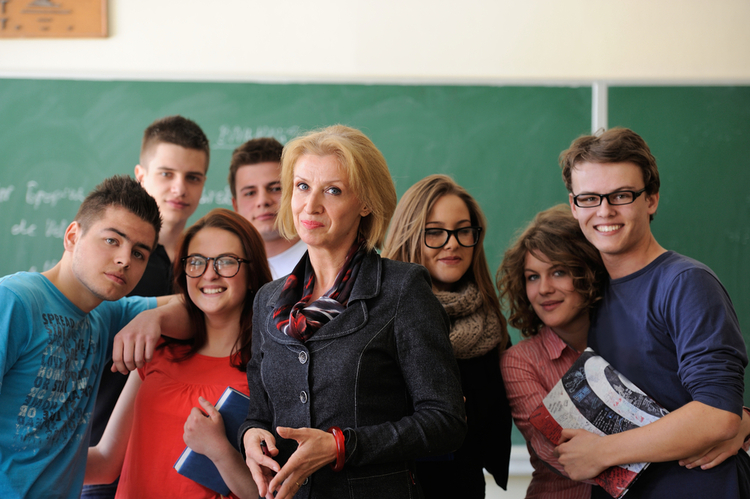
The Difference in Teaching Methods

There are many theories and debates within education about the best teaching methods that help children learn. However, here at REESON Education, we believe that each child learns things effectively through different styles and that one technique may not suit all. Teachers should use a variation of teaching techniques during their lessons to create a much more diverse learning environment for their students. We have outlined a few teaching methods that can be argued to be the most effective when used hand in hand.
Direct Instruction
This method is simply the use of straightforward explanation given directly by the teacher to the class. It is understood to be the oldest form of teaching and is argued to be the most effective form of teaching when giving guided instruction. However, this is a very passive way to teach as this technique leaves no room for discussion or engagement from the students. Therefore, it must be noted that this system should be used when giving clear outlines of specific information such as a concept or skill. This could range from outlining the order of planets in our solar system to explaining the steps that should be taken while executing a scientific experiment.
Even though it is argued that direct instruction is not the most engaging of techniques, it cannot be disputed that it is the foundation of all good teaching and is unavoidable during lessons. The negative suggestions of this method arise when teachers rely too heavily on this practice alone and fail to appreciate the fact that children do not learn effectively by trying to process too much information at one time. Alternative techniques when used together with direct instruction can create a much more solid learning environment for children.
Cooperative Learning
Moving away from direct teaching and focusing on a student-centred way of learning, teachers must understand the progressive education movement of constructivism. Constructivism is a much more social way of learning and creates more room for students to experiment and apply information. This can be implemented through putting groups of students with mixed levels of ability into groups, and by working collaboratively they are graded in accordance to the group’s success rather than an individual’s achievement. David and Roger Johnson, leading cooperative learning researchers break down the advantages of this style into five key aspects;
Face-to-face interaction – students discuss and explain assignment topics with each other to help gather a sense of understanding of the task.
Positive interdependence – students should have the sense that each individual’s effort will benefit themselves as well as the group as a whole. Rather than depending on one group member but understanding that the grade would be dependent on each member of the group.
Individual accountability – each student is responsible for their own contribution. Through direct instruction they should have a clear set of goals to outline different responsibilities as well as the aim for the whole group.
Group processing – giving the students a chance to evaluate their group’s progress and development through collaboration.
Collaborative skills – students will have learnt not just the substance of the subject in practice, but also social developments such as; communication, leadership and conflict management.
Jigsaw
Cooperative learning can be developed further to ensure that each group member understands and engages in the task that has been specified. The jigsaw method is a learning activity that gives each student a certain section of a group project and teaches it to the rest of the group, eventually creating the whole project once all the pieces are put together.
For example, imagine you were put into a group and the whole aim was to research the life of an author. With the view of jigsaw in mind, you as a member of the group would be given the task of researching the author’s childhood and other members of the group would have the task of researching different periods in the author’s life. After each presentation of each student they would have completed a project on the author’s whole life.
Through this activity, collaborative skills would be developed and the risk of students not engaging enough in group work would be eliminated. Without the full effort of each student the task would not be completed. This also allows a teacher to assess each individual more closely on their development and progress.

